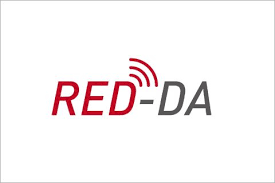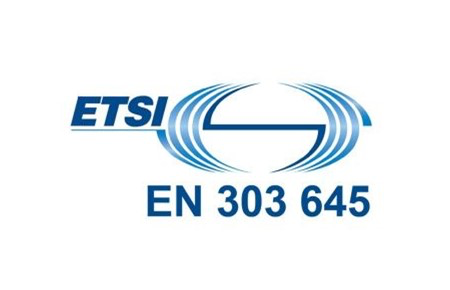From 1 August 2025, all connected devices sold in the EU must comply with new cybersecurity rules under the Radio Equipment Directive (RED) Delegated Act. This includes WiFi, BLE, and cellular-enabled products. If your product connects to the internet or communicates with a mobile app, it’s likely in scope.
Oxeltech helps hardware teams meet RED Cyber DA requirements with practical engineering support.


We consult you on cybersecurity since we build secure and connected and IoT hardware as our main service (see our portfolio). That means we speak your language and know how to integrate compliance into your existing stack. Our experience spans:
This experience makes us experts in EU Cybersecurity Compliance for IoT Devices
We can work independently as well as alongside your engineers to bring your product into compliance.
Read our case study where we helped a German IoT manufacturer reach RED Cyber DA compliance wihout hardware redesign.
We offer a fast initial assessment and fixed-price packages for different product maturity levels.
Contact us to discuss your product and see how close you are to RED Cyber DA compliance.
The RED Cybersecurity Delegated Act (EU 2022/30) applies to all radio-connected devices that fulfil one or more of these criteria:
This includes devices using WiFi, Bluetooth, Zigbee, LTE, or other RF protocols. Examples include connected sensors, wearables, smart home devices, BLE trackers, and gateways with companion apps.
Yes, in many cases self-declaration under Module A is sufficient, but it depends on how the manufacturer demonstrates compliance with the RED Cybersecurity Delegated Act (EU 2022/30).
Module A (Internal Production Control)allows the manufacturer to assess conformity and issue a Declaration of Conformity (DoC) without involving a Notified Body — provided certain conditions are met:
✅ When Module A is sufficient:
In this case, Oxeltech can support you in achieving RED Cybersecurity compliance through scope assessment, risk analysis, control implementation, and technical documentation— enabling you to self-declare and apply the CE mark.
❌ When Module A is not sufficient:
In these situations, a Notified Body must be involved, typically through Module B or Module H of the RED conformity process.
Yes. The documentation we provide is structured to meet the requirements of Annex V of the Radio Equipment Directive (RED)and aligned with ETSI EN 303 645, which is widely accepted by EU authorities as the basis for RED Cybersecurity compliance.
It is intended to be:
Oxeltech does not act as a Notified Body and does not certify products. Instead, we help you implement the required controls and generate the technical documentation needed for self-declaration under Module A of the RED conformity assessment procedure.
The cybersecurity requirements of the RED Delegated Act become mandatory on 1 August 2025. From that date, all affected products placed on the EU market must comply with the updated essential requirements under Article 3(3)(d), (e), and (f) of the Radio Equipment Directive.
Yes, the Act still applies if your device communicates with a smartphone or another device that connects to the internet, even if it doesn’t connect directly. Indirect internet access qualifies under Article 3(3)(d). If your device also handles personal data or can be remotely controlled, it is definitely in scope.
Not necessarily. If you apply relevant harmonised standards (once published) or follow widely accepted standards such as ETSI EN 303 645, and fully implement the required controls, you can use Module A (self-assessment)to declare conformity. A Notified Body is only required if you do not follow applicable standards or need third-party validation for partial implementations.
Currently, the most widely accepted standard is ETSI EN 303 645, which outlines baseline security requirements for consumer IoT devices. While not yet harmonised under RED, it is used by many manufacturers and accepted by EU authorities as a valid basis for compliance with Articles 3(3)(d), (e), and (f).
No. Oxeltech does not act as a Notified Body and does not provide certification. Instead, we help product teams implement the required cybersecurity controls, conduct scope assessments, and prepare the technical documentation necessary for CE marking and self-declaration of conformity under the RED Cyber DA.
If your device is in scope but does not comply with the new RED cybersecurity rules by August 2025, it may be blocked from entering the EU market, fail CE marking checks, or be withdrawn by market surveillance authorities. You may also face liability for data breaches or misuse enabled by insecure device design.
If your device is not compliant with the RED Cybersecurity Delegated Act and you are already placing it on the EU market, you face several risks:
Recommended actions:
Oxeltech can help with each of these steps. We support manufacturers in identifying gaps, implementing necessary changes, and preparing the required documentation so they can bring their products back into compliance and resume EU market access.